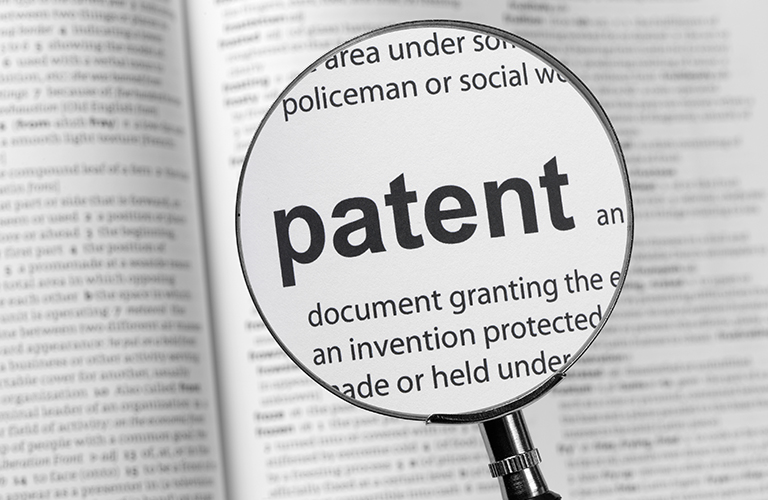
As previously reported, recent decisions by the Patent Trial and Appeal Board (PTAB) provided state entities a green light to use sovereign immunity as a defense in Inter Parties Review (IPR) proceedings. However, it remained unclear as to whether waiver of sovereign immunity would be found when a related district court action was initiated by the patent owner. With the issuance of the PTAB’s long-awaited decision in six IPRs filed by Ericsson challenging patents owned by the Regents of the University of Minnesota (UM) (“Ericsson IPRs”), we now have a more complete understanding of how far the PTAB will allow the defense of sovereign immunity to stretch at least with regard to IPRs.
To briefly recap the events that led up to the Ericsson IPRs, Ericsson intervened in a district court litigation initiated by UM against Ericsson’s vendors alleging infringing of the same patents challenged in the IPRs. The Ericsson IPRs were filed within the one-year statutory timeframe. In response, UM filed Motions to Dismiss arguing that (a) sovereign immunity was applicable to the Ericsson IPRs and (b) it had not waived its sovereign immunity by filing a lawsuit. More specifically, among other arguments in its Motions to Dismiss, UM adopted the position that “[t]he waiver of sovereign immunity resulting from a state filing a lawsuit . . . applies only to compulsory counterclaims in the same action and in the same forum.” IPR2017-01197, Paper No. 8 at 1 (emphasis added).
In an expanded panel, the Patent Trial and Appeal Board denied UM’s Motions to Dismiss and held that, while UM “is entitled to rely on its Eleventh Amendment immunity in inter partes reviews,” it “waived its Eleventh Amendment immunity by filing an action in federal court alleging infringing of the patent being challenged in this proceeding.” IPR2017-01197, -01186, -01219, -01200, -01213, and -01214, Paper 14 at 6 and 4. In rendering its decision, the PTAB noted that the rule governing waiver of immunity exists to prevent a state from “selectively using its immunity to achieve a litigation advantage.” Id. at 7. Since UM’s filing of the district court action triggered the one-year statutory bar for IPR, the PTAB found that it would be unfair and inconsistent to allow UM to avail itself of the federal government’s authority in that action, but then selectively invoke its Eleventh Amendment immunity to shield itself from IPR by a different branch of the same federal government. The PTAB also found that, while the Ericsson IPRs were not compulsory counterclaims under Fed. R. Civ. P. 13(a), since UM initiated the patent infringement action, it consented to IPRs on the asserted patents.
With regard to UM’s argument that waiver should apply only to the venue where it filed its district court action, the PTAB observed that the cases relied upon by UM were distinguishable because they did not involve substantial unfairness to the non-moving party because non-moving party could still assert the exact same claims in the forum where the state filed its actions. Here, Ericsson could not seek IPR in the district court where UM filed its district court action.
Since the Supreme Court appears to have left the door open in Cuozzo Speed Tech., LLC v. Lee, 136 S. Ct. 2131, 2141 (U.S. 2016)) for PTAB institution decisions to be appealed when such decisions implicate constitutional questions, this recent decision by the PTAB will likely be appealed to the Federal Circuit and possibly to the Supreme Court.
This legal alert is intended to inform clients and other interested parties about legal matters of current interest and is not intended as legal advice. If you have any questions about patent trials, please contact your Intellectual Property Counsel at Smith, Gambrell & Russell, LLP.

